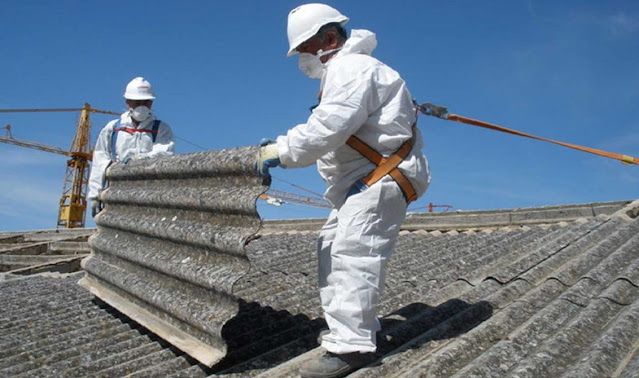Types of Sampling for Mould Inspection in Melbourne
Mould is a fungus that grows on dead organisms like grass, wood leaves or plants. This fungus breaks down the nutrients and sends them back to earth. These moulds are present naturally all around in the environment. Some of these moulds are human friendly while some are toxic for humans. Mould inspection in Melbourne along with microscopic laboratory review is done to detect if the moulds are harmful or not.
Using proper equipments and tools, the experts collect the samples that are sent for laboratory analysis. This technical analysis determines the type and quantity of mould spores present.
A complete mould inspection includes
· Visual examination of the entire building, its system and components
· Moisture, temperature and humidity measurements
· Mould spore air sampling if required, surface sampling if warranted along with laboratory analysis.
A limited mould inspection includes
· Visual examination limited to a specific residence
· Mould spore sampling if required, surface sampling if warranted
Samples collected can be bulk, swab or tape samples. Bulk samples involves removing the samples physically and sending to lab. A cotton swab is rubbed on the surface for taking swab samples. A piece of clear tape is pressed against and removed from the area of sample, for tape samples.



Comments
Post a Comment